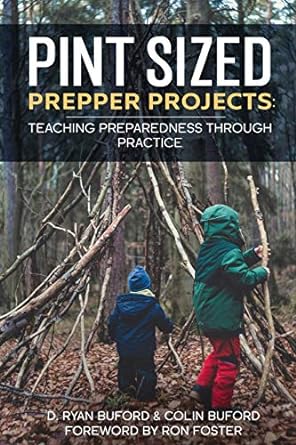How to: Make Birch-Bark Berry-Basket
Anyone who's ever lived up North knows that the birch is as precious as gold. Its bark is useful for fire, shelter, and communication, its sap is edible, and the inner bark of the yellow and black birches can be ground into flour and their twigs made into tea.
Paper Birch bark has been used for baskets by all of the Native American tribes who live where birch grows. In my area at this time of year, birch bark baskets were used for collecting maple sap.
Making a birch bark basket is fairly simple. I recommend that you practice measuring and cutting with a piece of paper or cardboard first, so you can see how different cuts affect the shape of the basket. Because you will need to use a sharp knife and/or a large needle, kids under 13 should do this project with their parents.
Harvesting Bark: You do not ever need to take birch bark from a live tree. When birch trees die, the wood rots out from the inside, leaving the bark. Take bark from a dead tree, scrape or peel off the damp inner layers, and you should find beautiful, pink bark within. You can also ask friends or neighbors if they have birch in their woodpile!
-
Materials Needed for your birch bark basket:
- 1 relatively square piece of birch bark, at least 10�by 10�, not too thin.
- Upholstery Needle (Can be replaced by knife tip.)
- Artificial Sinew or any other cordage, at least 3.5 yards
- Ruler & Pencil
- Strong reeds, willow shoots, red osier dogwood, or other material to make hoop for rim.
- A sharp knife
Instructions
1). Decide how tall you want the walls of your basket to be – for example, 1.5 inches. Then measure that distance in from each edge of the bark in several places on each side. Use the pencil to mark the 1.5” point along each edge, then use the ruler to connect all the marks in 4 light lines that parallel the 4 edges. These lines show where your walls will fold up from the basket’s bottom.
2). Cut in from each of the corners to the intersections of the pencil lines. If you simply slit along the line from the corners to the intersections, you’ll be able to sew a shallow bowl; if you cut wedges out, you’ll end up with a steep-sided basket. Experiment with pieces of paper before cutting your bark. If you have used very thick bark, you may need to score with the tip of your knife along your pencil lines to get the sides to fold up. Be careful not to cut all the way through!
3). One corner at a time, fold the walls up so the corners overlap and sew them together. Be very gentle when pushing your needle through so as not to tear the bark – never make a hole closer than .5” from the edge. If you don’t have a needle, lay the bark flat, make holes where you will need them with the tip of your knife, (go all the way around the rim as well) then sew the corners.







